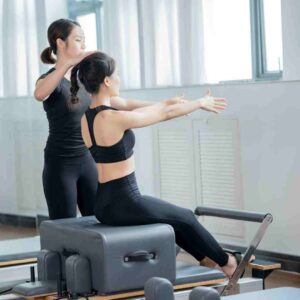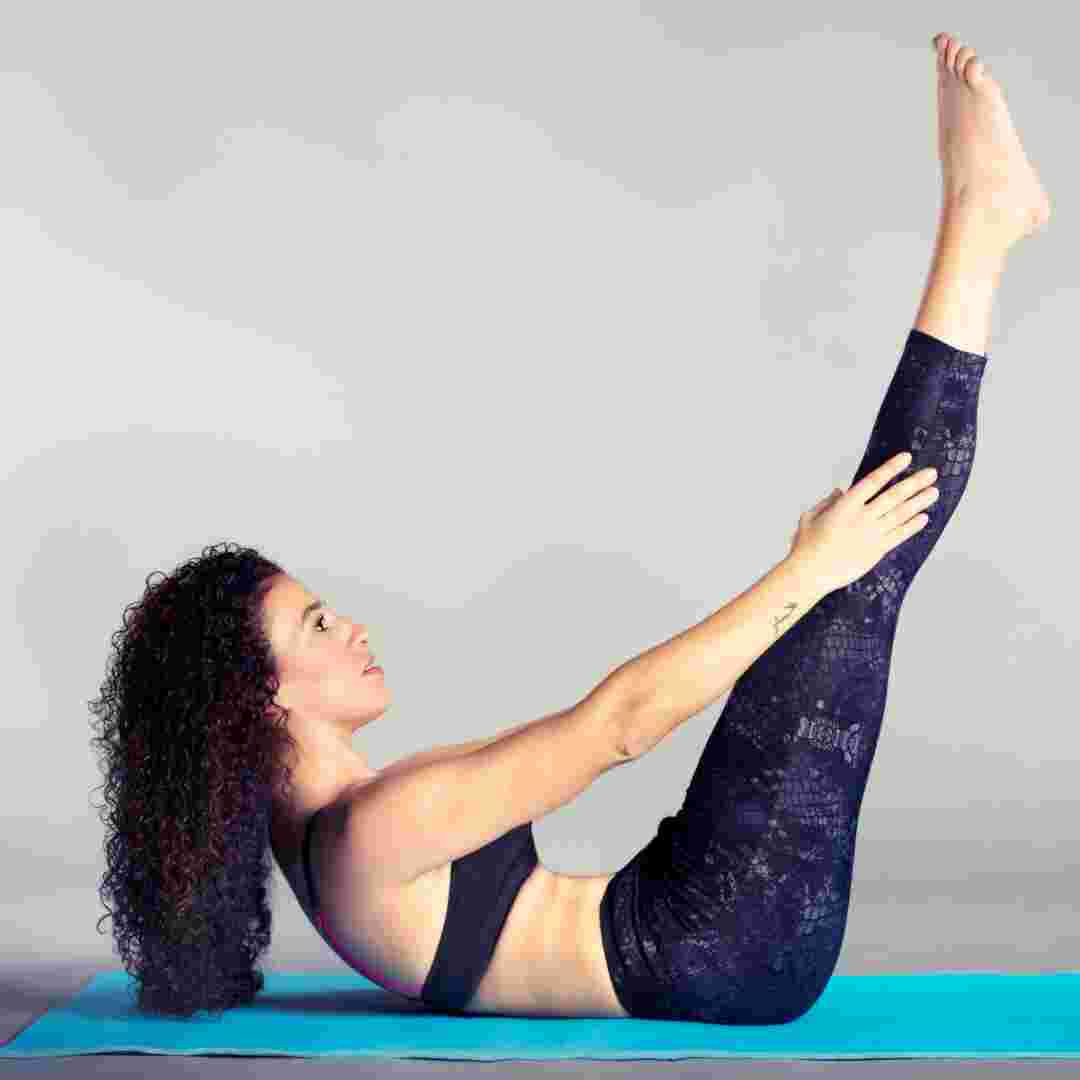Table of Contents
Introduction
5 Benefits of Daily Pilates
Pilates: How Many Times a Week?
Why Consistency in Pilates is Vital
Q&A
Conclusion
"Transform your body with just a few Pilates sessions a week."
Introduction
Pilates improves core strength, flexibility, and body alignment. Many ask how regularly to practise Pilates to get effects. Pilates should be done two to three times a week to reap its effects. Pilates frequency depends on goals, fitness level, and schedule.
5 Benefits of Daily Pilates
Pilates is growing popularity. This low-impact workout strengthens core muscles, improves flexibility, and raises body awareness. Pilates frequency is often questioned. Daily Pilates has several benefits, depending on fitness level and goals.
Better Posture
Pilates helps posture. Strengthening spine-supporting muscles can reduce back discomfort and improve alignment. Pilates daily might help you maintain good posture even when sitting or standing for long durations.
Improved Flexibility
Pilates improves flexibility too. Stretching and lengthening muscles increases range of motion and prevents injury. Pilates daily increases flexibility and suppleness.
Strengthened Core
Pilates improves core strength. Stability and balance require abdominal, back, and hip exercises. Daily Pilates can strengthen these muscles and enhance core strength, preventing injury and improving athletic performance.
Lower Stress
Pilates also relieves tension. The exercises focus on controlled breathing and movements to calm the mind and body. Daily Pilates can relieve tension and improve relaxation.
Increased Fitness
Pilates daily improves fitness. The low-impact, adaptable exercises are great for all ages and fitness levels. Pilates daily can progressively enhance your strength, flexibility, and endurance, helping you reach your fitness objectives and live a healthy lifestyle.
Pilates daily has several benefits. This low-impact workout improves posture, flexibility, core strength, stress, and fitness. Adding Pilates to your daily routine can help you reach your fitness goals and enhance your health.
Pilates: How Many Times a Week?
Pilates has been popular for over a century. This low-impact workout strengthens core muscles, improves flexibility, and raises body awareness. Pilates can be done at home or in a studio with a trainer.
People often ask how often they should perform Pilates for best results. This depends on your fitness objectives, current fitness level, and schedule.
Pilates beginners should start with one or two sessions per week. This allows your body to acclimatise to the movements and prevents harm. Increase your workout frequency as you get used to the movements.
Pilates should be done at least three times a week for considerable strength, flexibility, and fitness gains. You'll gain muscle, posture, and range of motion. Make Pilates part of your regimen to maintain consistency.
Pilates once or twice a week can still benefit you if you're busy. Fitness gains may take longer. Remember that even a few minutes of Pilates a day can make a difference.
When selecting how often to do Pilates, consider your workout intensity. To let your muscles recover, take a day off between high-intensity Pilates practises. This will help you avoid injury and perform well each time.
However, low-intensity Pilates may be safer to practise more often. Listen to your body and alter your workout routine. After a Pilates session, you may need to rest or lower your workout intensity.
In conclusion, your Pilates workout frequency depends on your goals, physical level, and schedule. Pilates should be done three times a week for best benefits. Even one or two workouts each week can beneficial. Listen to your body and alter your workout routine to avoid injury and perform at your best. Pilates can improve your health and fitness with consistency and effort.
Why Consistency in Pilates is Vital
Pilates has become popular due to its many benefits. This low-impact workout strengthens core muscles, improves flexibility, and raises body awareness. Pilates' full benefits require regular practise.
Pilates requires consistency. To increase strength, flexibility, and posture, Pilates should be done two to three times a week. Pilates is a long-term commitment.
Pilates boosts core strength. A strong core strengthens posture, balance, and stability. Pilates works the transverse abdominis and pelvic floor muscles, which are ignored in regular workouts. Pilates strengthens these muscles, relieving back discomfort and improving body alignment.
Pilates enhances flexibility and core strength. Pilates lengthens and stretches muscles slowly, enhancing range of motion and lowering injury risk. Pilates improves joint mobility, which is very helpful for arthritis sufferers.
Pilates improves bodily awareness. Pilates requires concentration and focus, which can make people more aware of their bodies and movements. Body awareness improves posture, balance, and falls risk.
Regular Pilates can improve mental wellness. Pilates reduces anxiety and stress. Slow, steady motions and deep breathing help people relax and focus. Pilates boosts happiness and self-esteem.
Pilates is beneficial, but use caution. To avoid harm, work with a certified teacher. Listen to your body and avoid overexertion. Pilates shouldn't hurt.
Finally, consistent Pilates practise is necessary to maximise its effects. Consistency improves core strength, flexibility, posture, and body awareness. Pilates reduces stress, anxiety, and improves mood and self-esteem. However, Pilates should be done cautiously with a competent instructor to guarantee good form and technique. Pilates may improve any workout with diligence.

Q&A
How often should I perform Pilates each week?
Pilates should be done 2-3 times a week.
2. Is Pilates daily?
You can practise Pilates every day, but don't overdo it.
3. How long should Pilates be?
Depending on fitness level and goals, Pilates sessions last 30–60 minutes.
Conclusion
To enhance strength, flexibility, and fitness, Pilates should be done 2-3 times a week. Pilates frequency depends on goals and fitness levels. Pilates frequency and intensity should be determined by a professional instructor.


